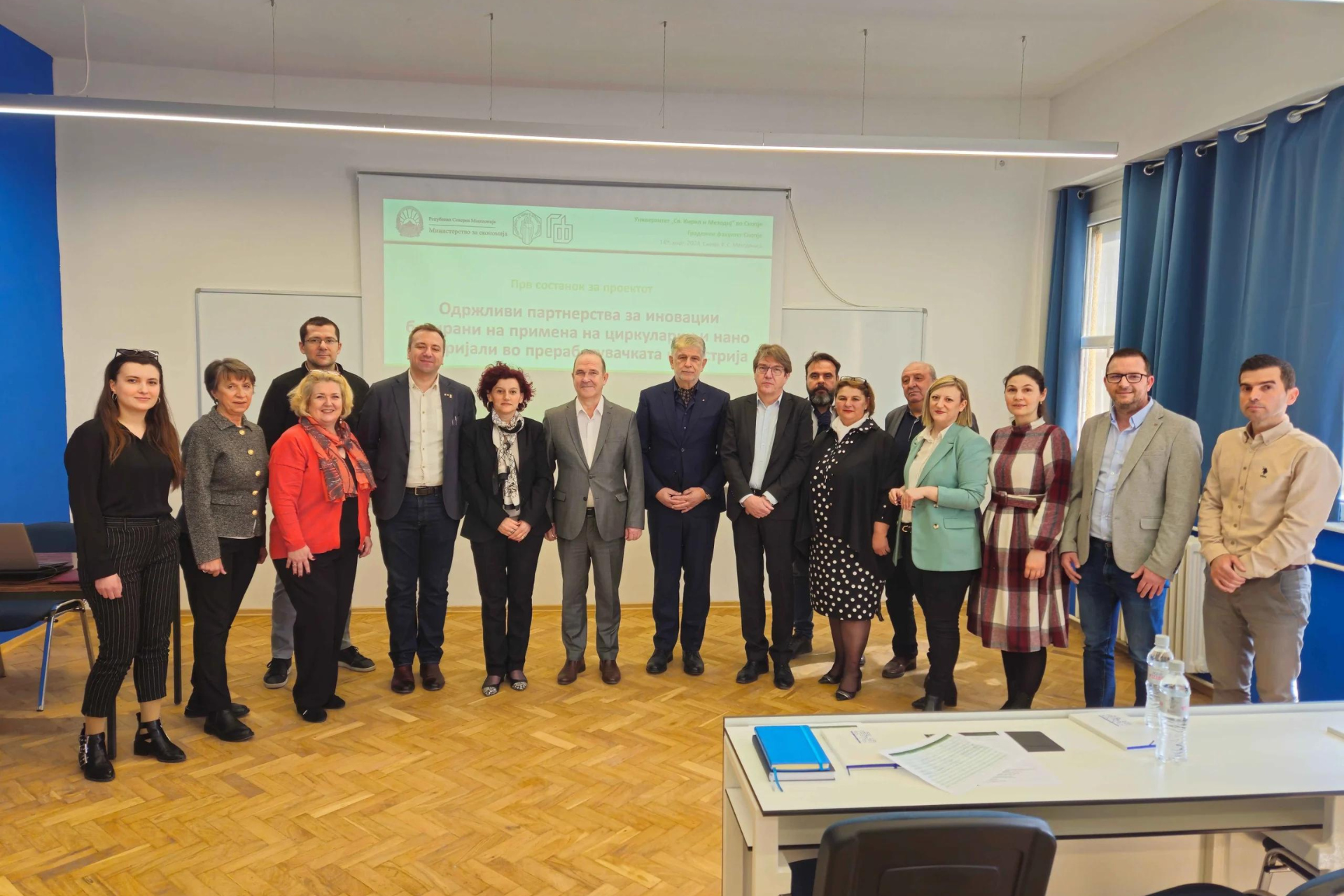The church of St. Panteleimon presents one of the few preserved examples of Byzantian architecture on the Balkans. The church was constructed in 1164 as a foundation of the high Byzantine dignitary Alexios Angelos. The church has a domed cruciform core, three apses, and a rectangular narthex. It is built of irregular stone blocks and brick embedded in thick layers of mortar, while the frescoes in the church are famous examples of Komnenian era of the Byzantine art.
Unfortunately, many damages and deterioration from the climate change can be seen on walls and fresco painting from interior and on the façade of the building, as well. That is why the research will be focused on the damage risk assessment of the church building from the climate change, as well as impact assessment of the building materials. The impact will vary with the specific characteristics and vulnerability of the various materials and methods of construction. The assessment on the case study will be made with 3 different methodologies of research: field research, research in the laboratory and research with special designed software.
The results concerning the main deterioration factors, threshold levels and critical frequencies will be mapped on the building. Making risk assessment by mapping the damages, deterioration impacts and their factors are crucial in order to create good mitigation strategy for conservation of the chosen building. In the last phase of the research strategy for sustainable preservation of the case study building will be created. This new innovative approach may be further introduced to all institutions in North Macedonia, who are interested in preserving and creating of sustainable built cultural heritage.
The main objective of the research is to analyze the impact of the climate change on the built cultural heritage. During the project implementation outdoor and indoor/risk maps will be made. These maps constitute a powerful tool for preventive conservation and policy makers. The assessment of impact and risk potentially caused by climate change will be evaluated by environmental variables under different emission scenarios. Within the project values will be used that described mechanical damage to wood, stone and plaster; chemical damage to stone, wood, mortar and plaster; and biological damage caused by mould growth and insect attack. More precisely during the research the following materials and processes will be analyzed: marble, stone, masonry, salt crystallization cycles, freeze-thaw cycles, wood, chemical degradation, biological degradation, mould, insects and RH.
For the first time this methodology will be implemented on a chosen case study from North Macedonia. Further, the successful implementation and successful results, can be further researched and implemented on other case studies from North Macedonia, as well as introduced to the public institutions in North Macedonia, as well.
- Civil Engineering Institute Macedonia,
- Institute for Research in Environment Civil Engineering and Energy
- Fraunhofer
The subject of the research will contribute to new possibilities of research in the area of risk assessment and impact on the built cultural heritage from climate change. During the research new strategies toward sustainable preservation of the church St. Panteleimon, as built cultural heritage will be created. Also, during the implementation of the project for the first time on the chosen case study the laboratory, field and software research at the same time will be conducted.
We expect that there will be large impact of the climate change on the chosen case study. The impact from the climate change will be large, most probably because of the large fluctuation of the temperature and humidity in the Skopje region. These analyses will further deepen the knowledge about the climate change impact on different building materials from the church building.
Also, this experimental research will show all the advantages and disadvantages of the building materials from the chosen case study, and the climate change impacts on them. Further, we expect that this research will raise the awareness of the public institutions on the impact of the climate change on the build heritage and sustainable conservation measures on the built cultural heritage.
The main benefit of this research is to show that a deep damage risk assessment (field research, research in laboratory and research with special software) is needed in order to create good mitigation strategies for sustainable preservation of cultural heritage from climate changes.
This approach will also lead to economic impact. For the implementation of the research, we will use the equipment and laboratories in the Institute Fraunhofer, Germany and the laboratory in CEIM, North Macedonia.
Project field
Cultural heritage, Climate change
Implementation period
January 2022 - January 2024
Funded by
IECE



